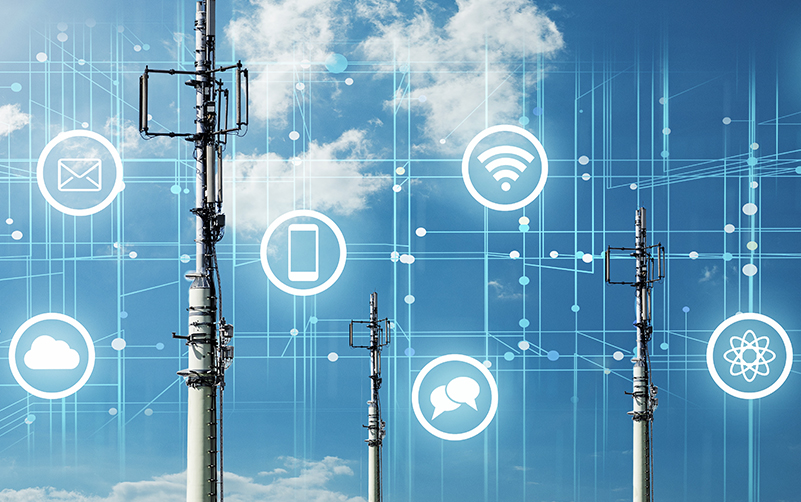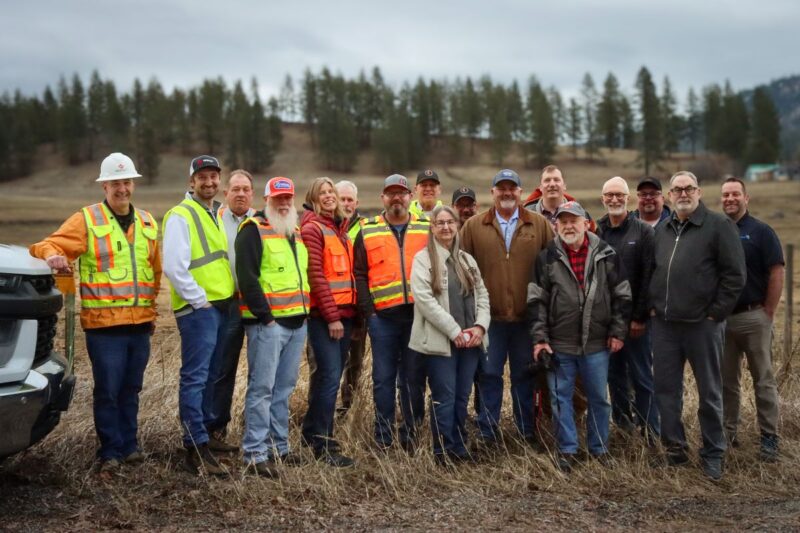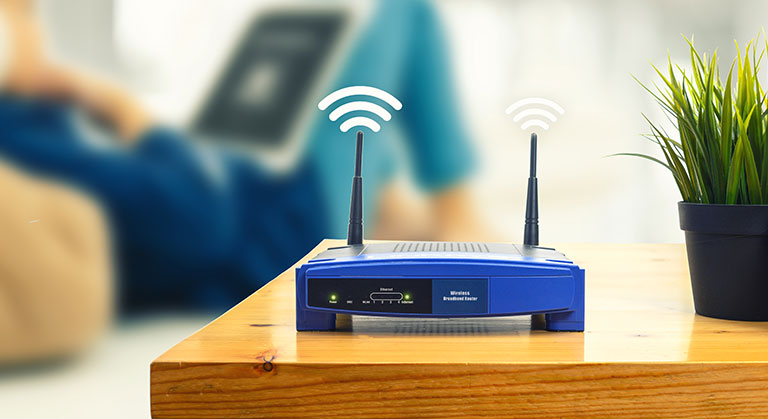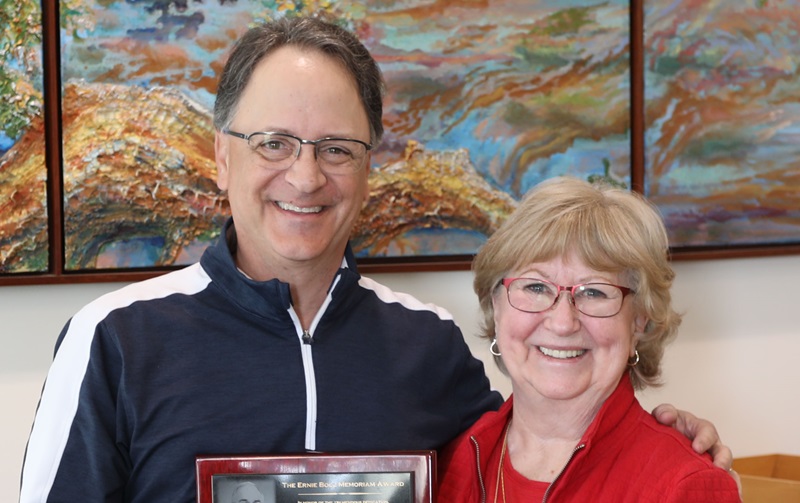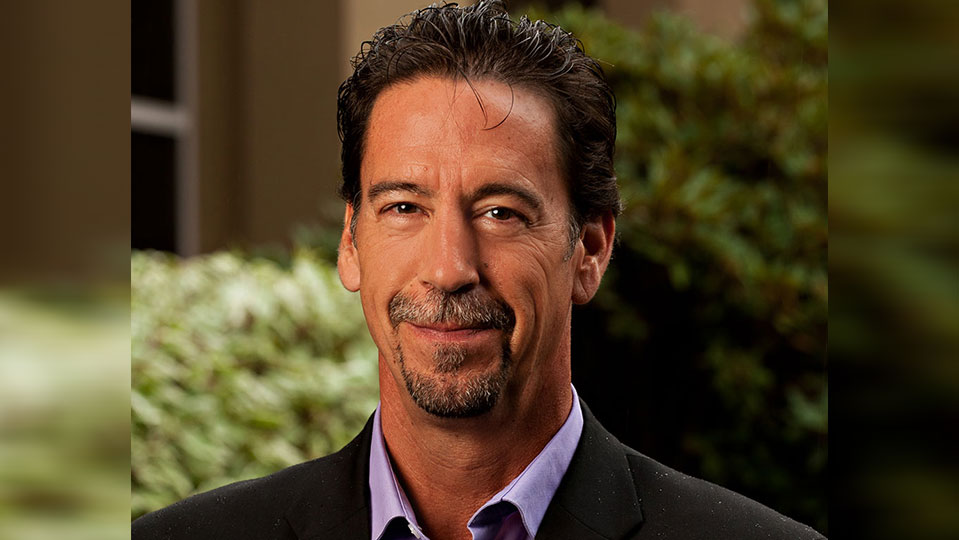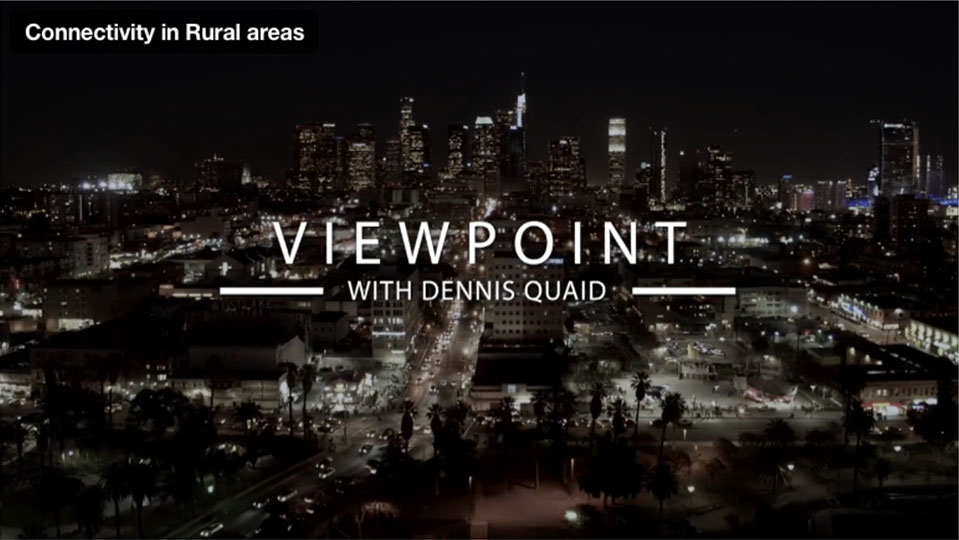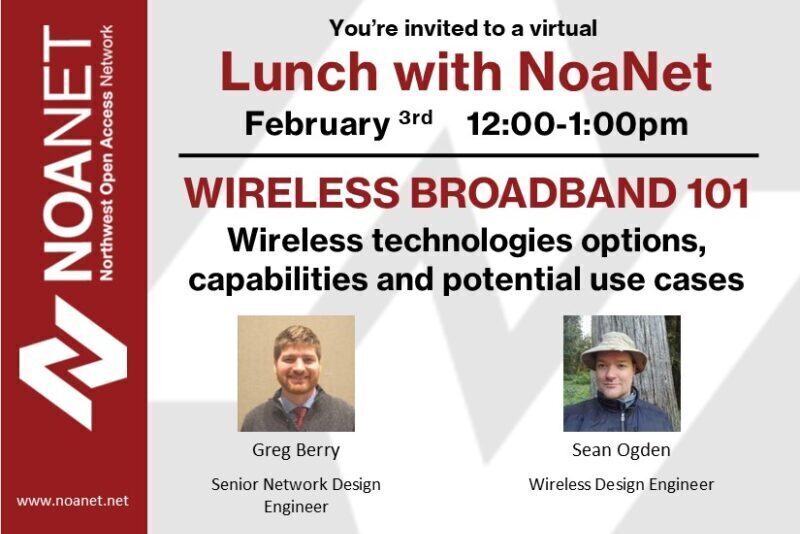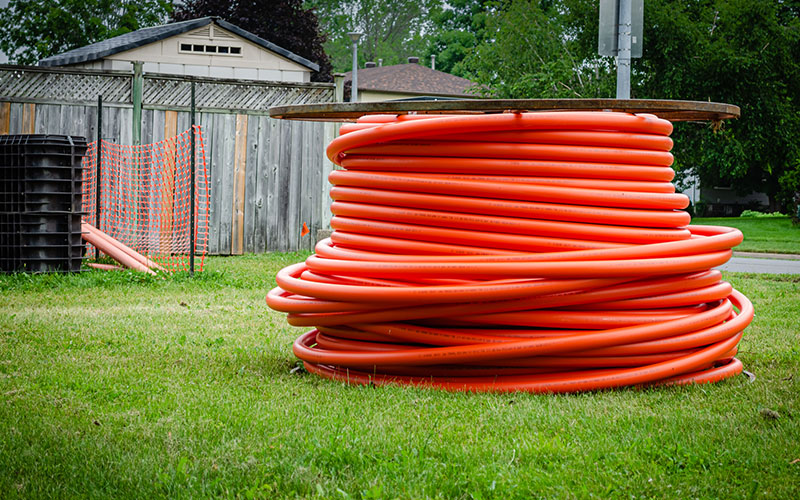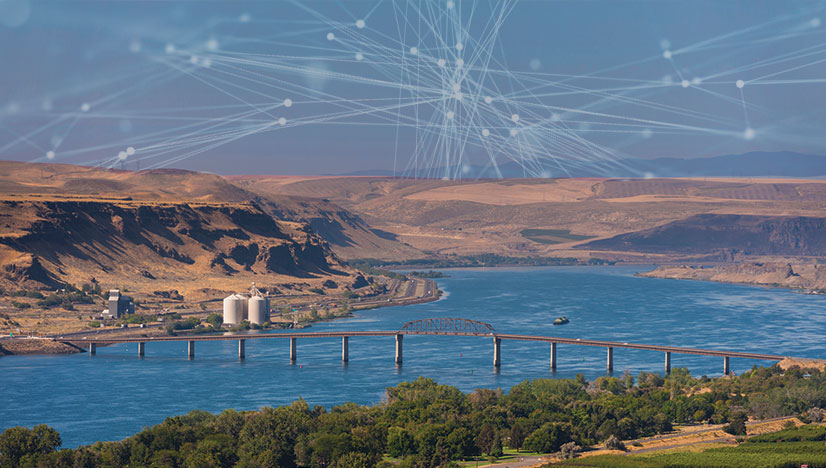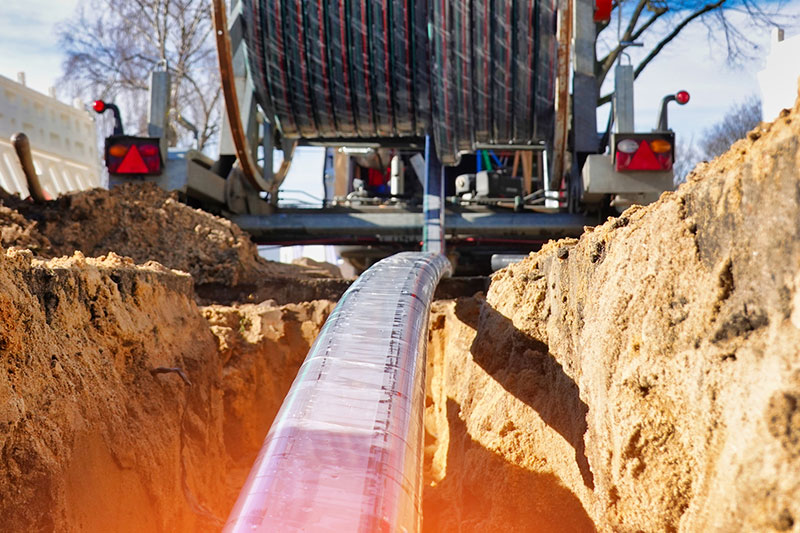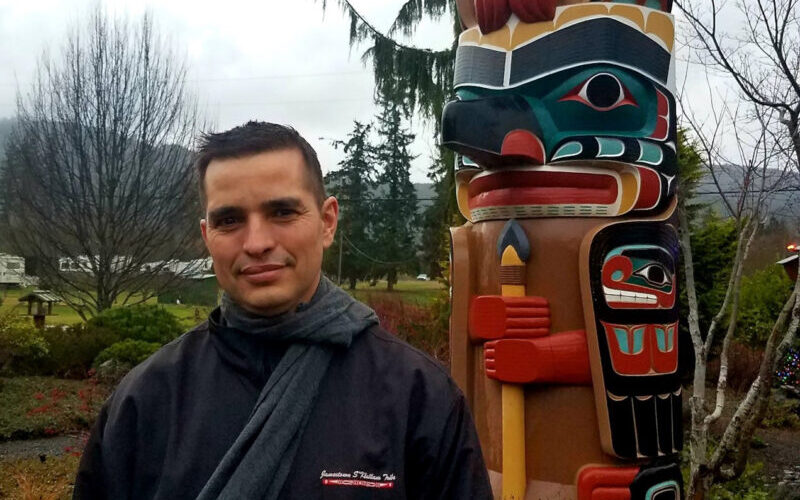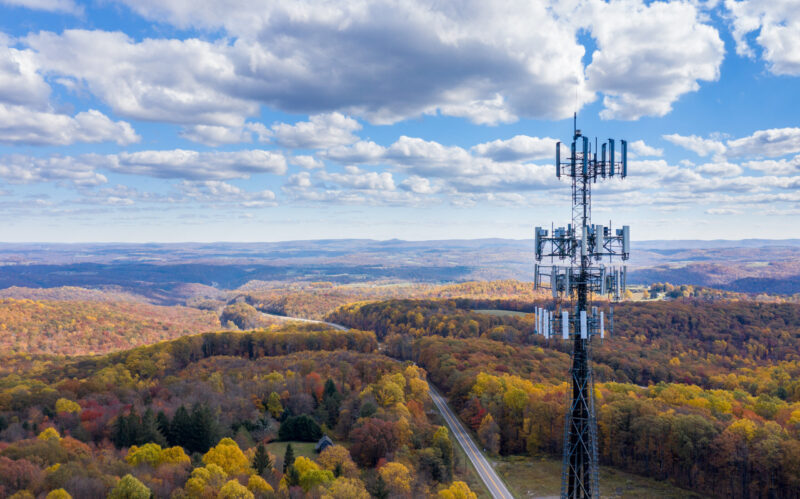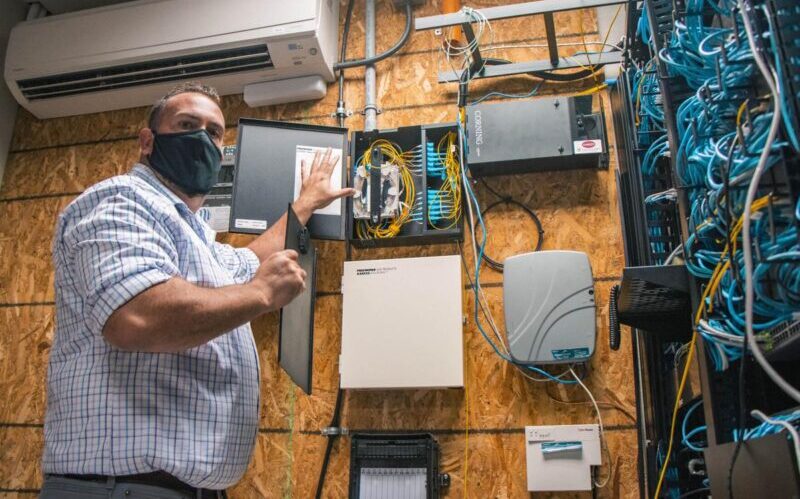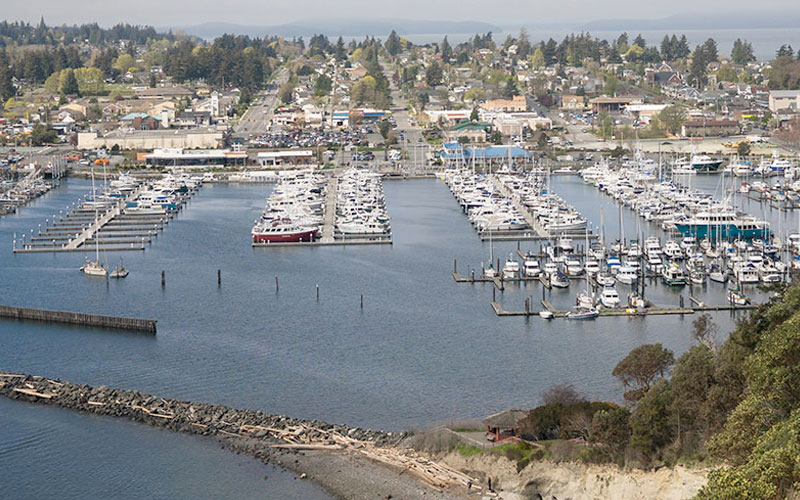As States, Territories, and the District of Columbia (DC) are developing their plans for how to utilize the Broadband Equity, Access, and Deployment (B.E.A.D.) Program and its appropriated $42.45 billion in pursuit of universal broadband access across America, advocates for wireless broadband technologies are illustrating there’s a place for them alongside fiber when Notice of Funding Opportunities (NOFO) arise.
Currently the National Telecommunications and Information Administration (NTIA) language surrounding BEAD funding award qualifications prefers end-to-end fiber, based largely on cost and technical factors (awarded projects must be able to deliver 100/20Mbps). While fiber is king, alternate technologies defined as “reliable broadband technologies” in the BEAD Notice of Funding Opportunity (NOFO) are next-tier considerations if no fiber projects (below clearly defined cost thresholds) are available. These BEAD-eligible technologies meeting the required speed requirements include cable, and fixed wireless using licensed spectrum. Cable is a technology familiar to many, so we’ll explore the latter here.
Wireless broadband
Fixed wireless is a type of wireless broadband service which connects fixed locations connected to the earth, such as homes and businesses, through mobile networks. Internet connectivity is delivered via the transmission of radio signals from base stations, which are often mounted at high elevations on cell towers. This technology provides wireless internet or computer networking access over a wide area.
Advantageously, wireless broadband connections don’t need to be physically tethered to a modem or router. Picture wireless broadband as using a smartphone hotspot to provide internet service, but with its own dedicated equipment. This can be used in homes, businesses, cafes and more. Internet service providers (ISPs) usually sell mobile broadband to consumers through a paid subscription to access the service. A modem is used to connect to the provider’s wireless network, with most modems linked to a single provider.
Major fixed wireless internet providers in the United States include Verizon, T-Mobile, Rise Broadband, Starry, and AT&T. Fixed wireless internet delivers fast download speeds ranging from 100 megabits per second (Mbps) to 400 Mbps and upload speeds between 10 Mbps and 50 Mbps in perfect conditions, which means line-of-sight with few hills, trees, and buildings that could interrupt the wireless signal. There’s also millimeter wave (mmWave) fixed wireless internet service, which can deliver download speeds of 1 gigabit per second (Gbps) and upload speeds of 100 Mbps to 500 Mbps.
Fixed wireless technologies can use licensed and/or unlicensed spectrum to deliver high-speed data and internet services over wireless devices, though currently only licensed spectrum projects is allowed to be BEAD-funded. (Read more about the difference between licensed and unlicensed spectrum here). This spectrum is often deployed on 4G LTE and 5G networks to deliver wireless broadband services. Carriers such as Verizon and T-Mobile are using the same network, base stations, and antennas to operate both their mobile and fixed wireless services. Conversely, wireless internet service providers (WISPs), such as Starry, use Wi-Fi 802.11 standard radios to establish a fixed wireless connection.
Where wireless fits In
Fixed wireless connectivity requires a physical line of sight, and slopes and foliage can create blockages, but treeless areas may favor fixed wireless. Proponents argue this technology can be a much more cost-effective solution in many rural areas, at least in the near term, where getting end-to-end fiber is cost-prohibitive. There are well-developed cost threshold models to analyze both capital and operating expenditures when evaluating what might best fit a given community.
For every serviceable location in the nation to get high-speed internet, such as 100 Mbps download/20 Mbps upload, there’s a place for fixed wireless where due to geography or cost constraints a direct fiber to the premise solution is not viable. Fixed wireless access providers have been working with the NTIA to alter its fiber-focused language, so that it won’t compromise some communities’ abilities to close their digital divide.
Local consensus in BEAD allocations
Internet service providers and state broadband offices have choices to make in their B.E.A.D. program plans. Since the states are receiving the funds, they establish their own rules and procedures for awarding subgrants in consultation with NTIA. There are some basic capabilities that will be required to be verified by applicants including financial, technical, operational, and managerial.
Washington is slated to receive $1.24 Billion in B.E.A.D. funds to bring broadband to Washington State’s communities that remain unserved. The Washington State Broadband Office (WSBO) first volume of the initial proposal is currently open for public comment. The public comment period is open for 30 days. It will close on Nov. 10, 2023. Read and submit comments here.
Our local Broadband Action Teams (BATs) have proven essential in helping to gather data and advocate for all of Washington’s communities to ensure they have the infrastructure and services required to fully benefit from BEAD funding. As part of that consideration, one size (or in this case, means of broadband) may not fit all. Some communities might find that wireless technologies pencil out and can cost-effectively and efficiently reach their unserved or underserved communities right alongside fiber as an option.
Fiber remains the most cost effective and efficient solution in most areas, and NoaNet appreciates that most of the BEAD funding should focus there. However, in some areas where it is cost-prohibitive and unreasonable to reach someone with fiber, wireless infill could be a good option in bridging the digital divide.
Northwest Open Access Network (NoaNet) is a not-for-profit wholesale telecommunications mutual corporation that has been serving Washington State since 2000. As a mission-driven organization, NoaNet focuses on bringing world-class telecommunications technology to hard-to-reach communities which lack access to high-speed affordable broadband services.

